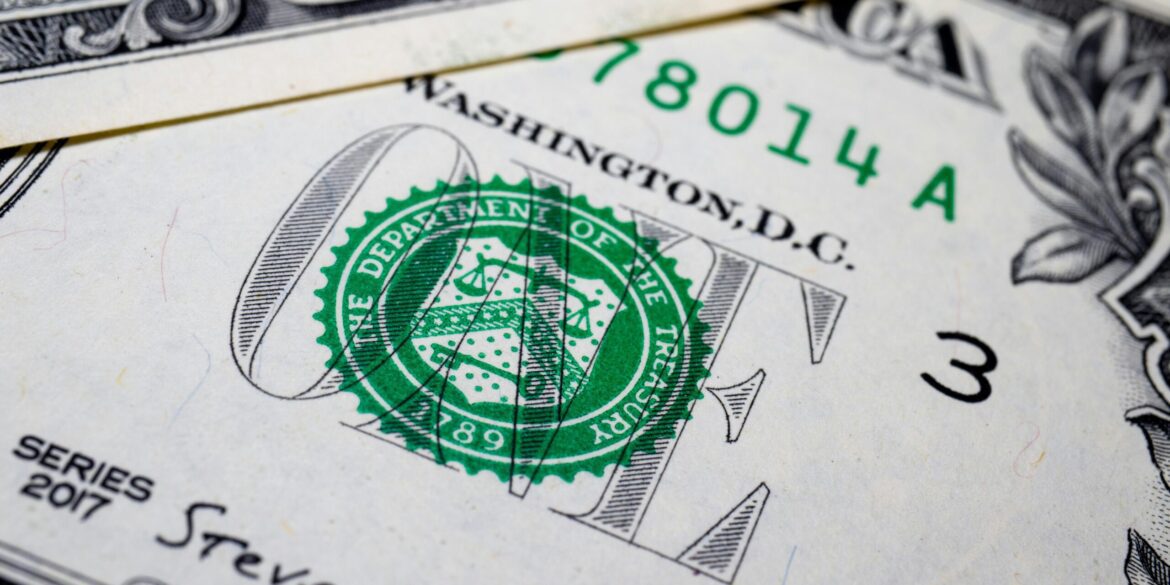Washington, D.C. — On September 17, 2025, the U.S. Federal Reserve announced its first interest rate cut of the year, reducing the benchmark federal funds rate by 0.25 percentage points to a range of 4.00%–4.25%. This decision marks a shift in the Fed’s monetary policy, signaling a response to growing concerns over economic slowdown and rising unemployment risks.
Federal Reserve Chairman Jerome Powell underscored that the rate cut was necessary to support the labor market, which has shown signs of strain in recent months. Job gains have slowed, and the unemployment rate has started to rise, signaling that the U.S. economy is facing headwinds. Powell stressed that the Fed’s decision was based on data-driven analysis rather than political influence, despite public calls from President Trump urging the central bank to reduce interest rates.
The rate cut reflects the Fed’s ongoing effort to balance economic growth with inflation concerns. By reducing borrowing costs, the central bank hopes to stimulate investment and consumer spending, which could help bolster the economy in the face of weakening job growth. The Fed’s actions are aimed at boosting employment and helping to stabilize the labor market.
Chair Powell also hinted at the possibility of two additional rate cuts later in 2025, depending on future economic conditions. This suggests that the Fed is closely monitoring indicators of economic health, including job growth and inflation, and stands ready to take further action if necessary.
The Federal Reserve’s move was welcomed by financial markets, with the Dow Jones Industrial Average surging over 400 points in the aftermath of the announcement. This positive market reaction indicates that investors are optimistic about the potential for a rate cut to help support economic stability in the near term. Global markets also mirrored this optimism, with major stock indices in India and Hong Kong posting gains following the news.
While the rate cut is seen as a positive step for economic growth, it also highlights the challenges the U.S. economy faces as it navigates rising unemployment and a potential slowdown. The Federal Reserve’s policy shift emphasizes its continued role in guiding the economy through uncertain times, and future rate cuts may further signal its commitment to supporting both job creation and overall economic stability.
As the year progresses, all eyes will remain on the Fed’s next moves, with market participants and policymakers alike closely watching economic data to gauge the success of this monetary policy adjustment.

